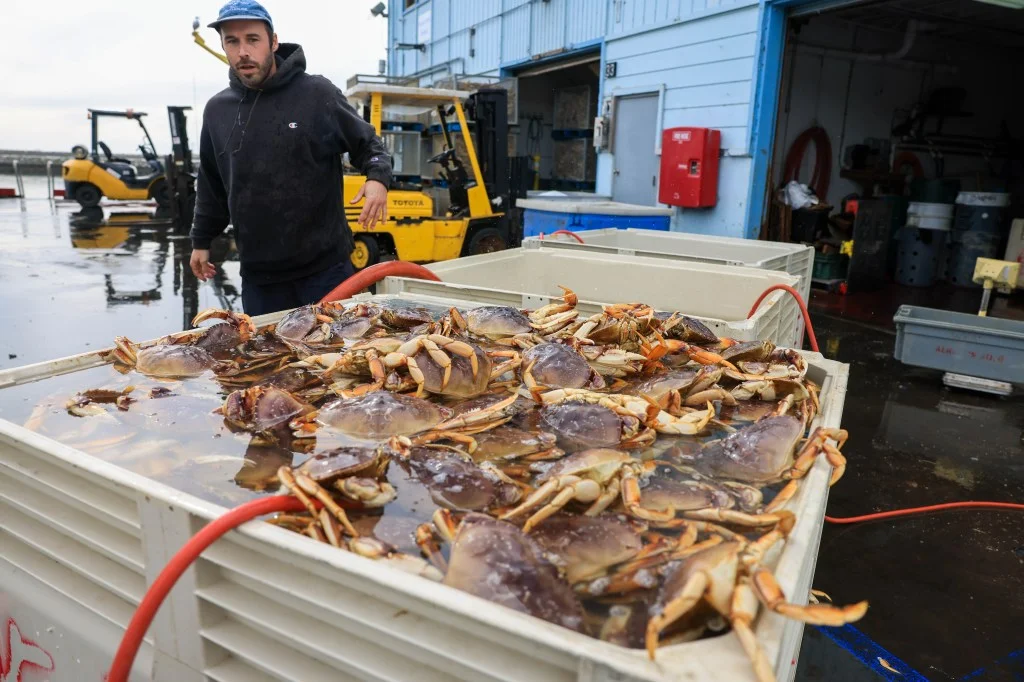
California’s Crab Season Balances Innovation and Conservation Amid Whale Migration
California's renowned Dungeness crab season is at the crossroads of marine conservation and the livelihoods of fishing communities. As humpback whales begin their annual migration to the coast, state authorities and crab fishermen are grappling with the challenge: how to protect these majestic marine mammals from entanglement without undermining a vital coastal industry.
For years, California has contended with soaring whale entanglement incidents, especially since a marine heat wave in the mid-2010s brought threatened humpbacks and other whales closer to shore in search of food. The vertical lines of traditional crab pots posed deadly traps for migrating whales. According to the NOAA, more than four dozen whales were entangled in 2015 alone—five times the previous annual average. In response, authorities adopted drastic measures, repeatedly shortening or closing crab seasons, sending shockwaves through fishing communities who depend on this seasonal harvest.
Groundbreaking change is now underway. California crabbers have been piloting "pop-up" fishing gear, a remote-release technology that eliminates vertical lines strung between the ocean floor and surface buoys. Instead, these pots sit on the sea floor and are brought up via acoustic signals when fishermen return—allowing whales to migrate unimpeded. “If you remove the vertical line, you have removed the entanglement risk, and you have allowed a fishery to continue,” commented Ryan Bartling, senior environmental scientist supervisor with the California Department of Fish and Wildlife (CDFW).
This innovative solution comes with its own hurdles. The equipment can cost up to $1,000 per device plus additional hardware, and requires fishermen to completely overhaul traditional gear. Even with these burdens, industry veteran Brand Little sees hope: “This is a way to get our industry back,” while others like Ben Platt, once a vocal skeptic, are now part of this year's trial due to improvements that make the technology more practical and affordable. Their cautious optimism is echoed by conservation groups. Ben Grundy of the Center for Biological Diversity welcomed the new efforts, emphasizing, "Now is the time to test and use pop-up gear that lets fishers stay on the water while still protecting whales."
Regulatory measures continue to play a pivotal role. As announced by CDFW Director Charlton H. Bonham, the commercial Dungeness crab fishery will close south of Pigeon Point (San Mateo County) from April 15, 2025, while remaining open under trap reductions north of this line. A 30-fathom depth constraint and recreational trap restrictions accompany these regulations, calibrated by ongoing risk assessments of whale populations off the California coast. All open fishing zones are under strict advisory, demanding vigilance and rapid removal of gear when whales are sighted.
Despite resistance from parts of the traditional fishing community and the logistical challenges of converting to new gear and tracking systems, the tide appears to be turning. As crabber Stephen Melz puts it, having more time out on the water thanks to new gear is key: "Better than just sitting at dock." Conservationists and industry alike are watching this spring's trials closely, seeing them as a bellwether for the fishery's future.
California’s navigation of Dungeness crab season this year is a case study in reconciling economic realities with urgent environmental stewardship. Will the pop-up gear prove effective—and economically feasible—for broader adoption? As the state eyes a full rollout in 2026, the coming months may set a precedent for sustainable coexistence between one of California’s most cherished culinary traditions and the protection of its iconic marine life.
What do you think: Should innovative solutions like pop-up gear be subsidized to ensure wider adoption? Share your thoughts and discuss how California can best balance tradition with conservation below.